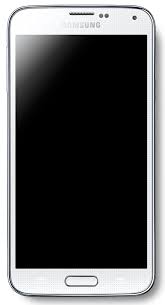Tshirts – Make or Break Details
Tshirts – everyone has their favorite, whether it’s because of it’s worn-in comfort, the great graphic design, or the memory it evokes. With tshirts being such an everyday item, we don’t often think about the small details that can make a shirt our go-to favorite, or buried at the bottom of the drawer.
“Six years I’ve had this t-shirt. It’s my best one. I call him Golden Boy.” – Jerry, in “The Marine Biologist”, Seinfeld tv comedy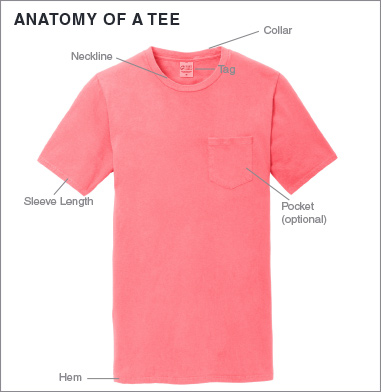
Take into consideration what preferences your group will have when ordering tshirts. You may want to mix styles for men and women to appeal to both. Some features to consider:
Neckline
The wrong neckline can ruin the feel of a shirt. Ever had one that just didn’t lay right or stretched out too much? Or maybe a crew neck just gives you that strangling feeling!
- Crewneck – soft rounded look, close to the base of the neck, also available as a ringer (contrasting color)
- Scoop – a lower rounded neckline, usually for women, varying depths
- V-neck – more common for women, but seen lately in men’s styles
- Notch Crew – a slightly deeper crew neck option for men’s styles
Fabrics
Softer fabrics are the current style and offer a higher perceived value. If you want to ensure your apparel will be worn after your event or occasion, choosing a soft fabric combined with a great design makes all the difference.
- Open-End Cotton – less expensive, less refined, good value – used for very basic tshirts
- Ring Spun Cotton – smoother, stronger and softer than open end
- Combed Ring Spun Cotton – even more refined and softer than plain ring spun
- Poly and Poly Blends – performance fabrics with moisture management properties
- TriBlends – combination of three threads – polyester, cotton & rayon to create a heathered look with a soft, drapey feel; very popular in fashion styles, and softest fabric
Weight
Weight is determined by the weight of one square yard of fabric. The trend lately has been towards lighter weights, but consider who will be wearing the shirts and when they will be worn.
- Lightweight – 3-4.5 oz; usually for women’s, fashion and performance styles
- Midweight – 5-5.5 oz; most standard tshirts, holds up well
- Heavyweight – 6 oz+; durable, holds up best to frequent washings
Fit
Be aware of the size range of your group and choose accordingly. Mixing women’s styles in with standard adult sizing makes your apparel more appealing and comfortable.
- Adult Sizes – unisex fit, but really made for men with longer sleeves and boxier fit
- Ladies – slightly more contoured than adult sizes, with shorter sleeves
- Ladies Fashion Fit – more contoured with shorter sleeve lengths
- Junior – most contoured and body-hugging for slimmer silhouettes
For a comprehensive guide and graphics on tshirt styles and sizing, Sanmar has put together this handy chart: Sanmar Tshirt Fit & Style Guide



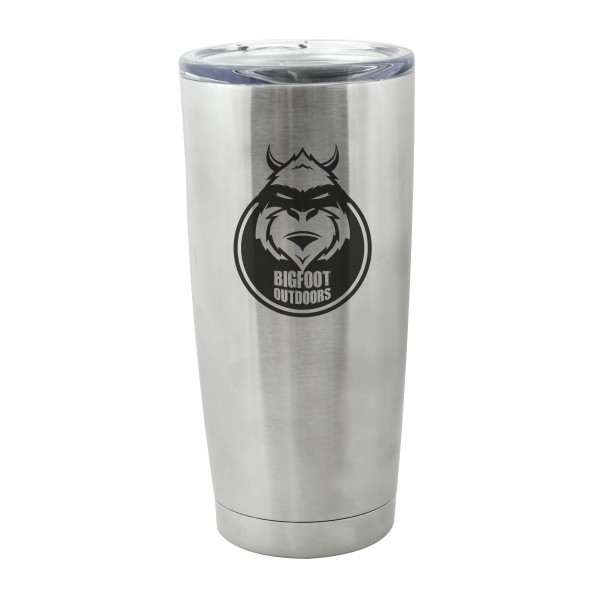


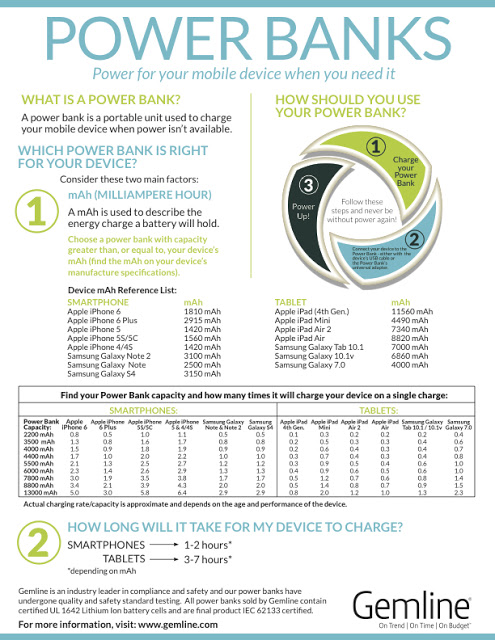
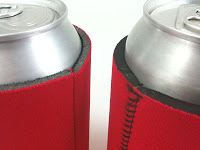

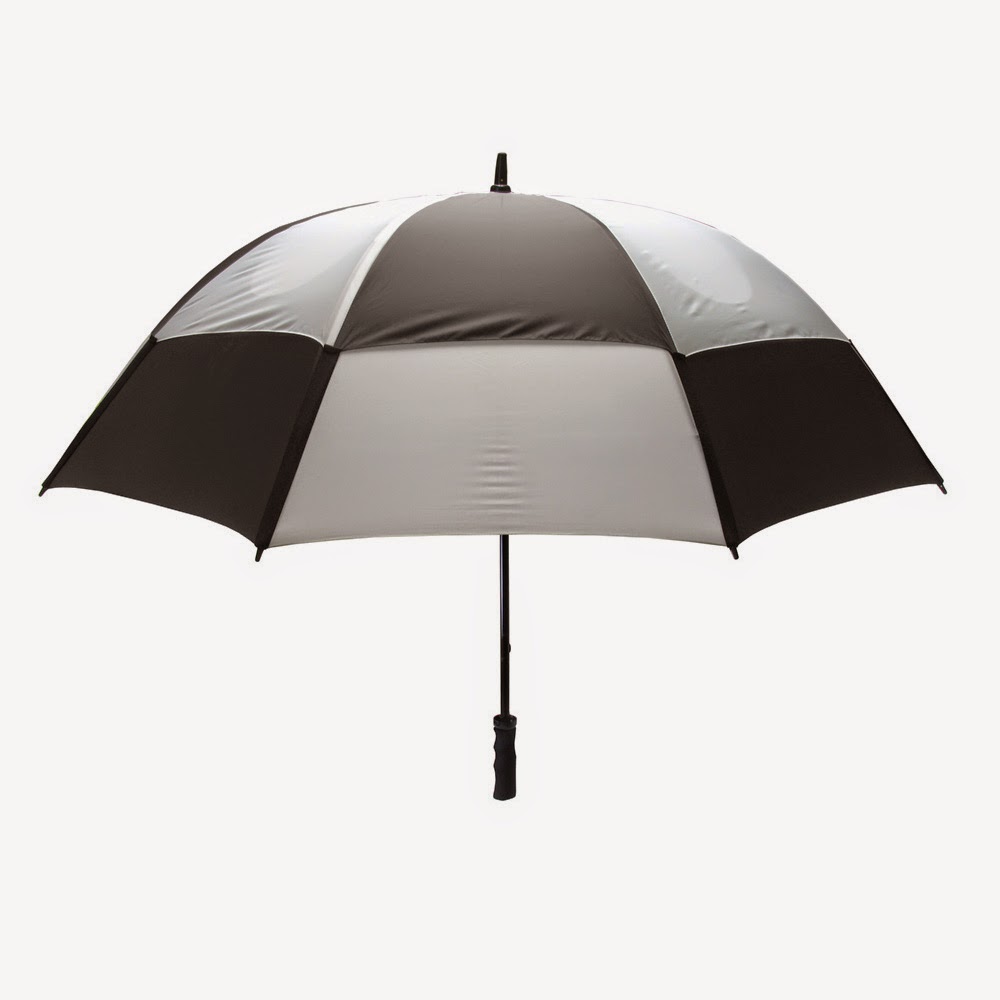




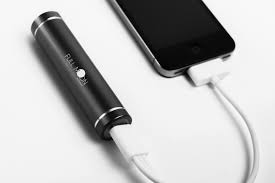 issues – the Apple Cease and Desist letter that many suppliers have received and the Powerbank recall being two of the main headliners.
issues – the Apple Cease and Desist letter that many suppliers have received and the Powerbank recall being two of the main headliners.

